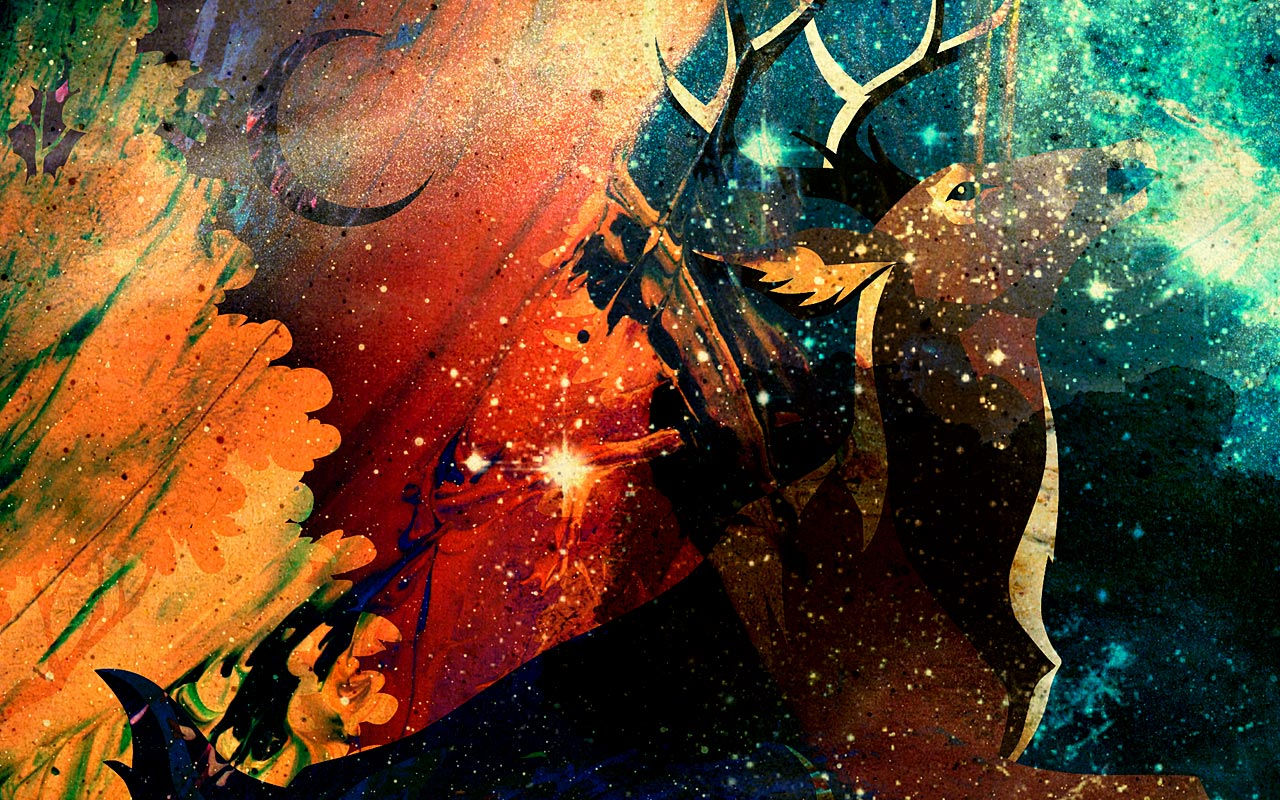- artwithabbydawn
- Jan 15
- 2 min read
Why Art Journal?
I started art journaling in high school. Basically, I realized I could create in a fashion that was consistent and attainable so I dove right in. I filled sketchbooks, altered books, journals, note cards, bulletins, and more with my art. Some of it I kept, much of it I discarded over the years. Here are some reasons why you should use an art journal too: it’s got no firm rules, it helps you track your mood and state over time, it brings a greater sense of awareness, and it helps you process. I could go on.
Let’s take this point by point, starting with the rules of art journaling. I’ll save us both the time by saying this: there are none. Write a stream of consciousness. Splatter paint on it. Rip out pages. Collage some bus tickets, trash on the street, photos of loved ones, ribbons and trinkets together. Follow journal prompts. Make a daily sketch of your pets. Fill each page with gratitude, dreams, and wanderings.
The number one reason I suggest art journaling, is that it’s a free form medium to express and record your life and experiences. I’ve yet to meet a therapist that doesn’t suggest journaling as an intervention. I’ve yet to meet an art therapist or an artist that doesn’t encourage daily judgment free creative expression.
As someone who deals with chronic illness of many sorts, I value the records my journaling creates. Pain can make you a terrible narrator. But my journal records exactly how I was feeling day by day. I often review my journal before counseling sessions or doctor appointments so that when the inevitable question “how have you been doing” comes up, I have a real and honest answer to provide. I value this record as it’s able to show practical data for how my medications are doing, the impact of gratitude lists, the correlation between mood and consistent creative expression.
Not only does art journaling help keep track of my mood, but it helps me figure out my mood to begin with. I am the type of person who needs to internally process before I can successfully externally process. What this means is that I need a place to figure out how I am doing and how I am feeling day by day. By engaging in this consistent practice of journaling, I have become able to identify shifts in my emotions, mood, thought patterns, pain levels, and more so much quicker than I used to. I have become more fluent in speaking the language of myself.
So, why should you art journal? Because it helps. Because it works. Because it’s fun. Because it brings you into greater connection and awareness with yourself. Because I bet if you were to really give it a shot, you would find that you no longer want to go without it.




